Search results
The Interplay between Women’s Earnings and the Income Distribution: A Cross-National Analysis of Latin America...
Since the 1980s, an inter-disciplinary literature drawing heavily from economics and sociology has addressed the interplay between women’s earnings and household income. We use data from the Luxembour...
Publication
Published on
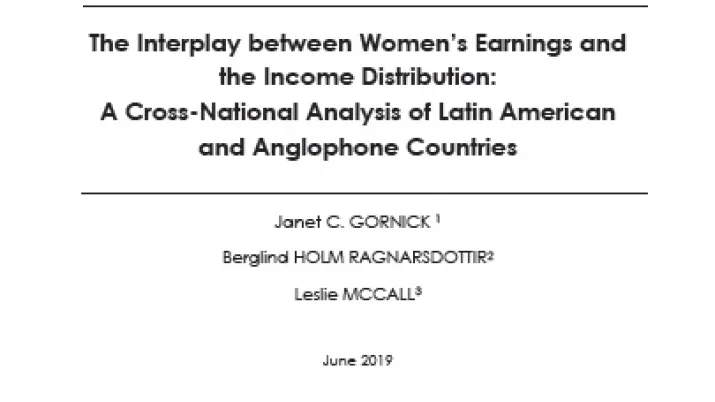
Market income inequality, left-wing political parties, and redistribution in Latin America
The paper uses household-level data from more than 200 household income surveys from 20 Latin American and Caribbean countries to explore the (revised) median voter hypothesis and the political determ...
Publication
Published on
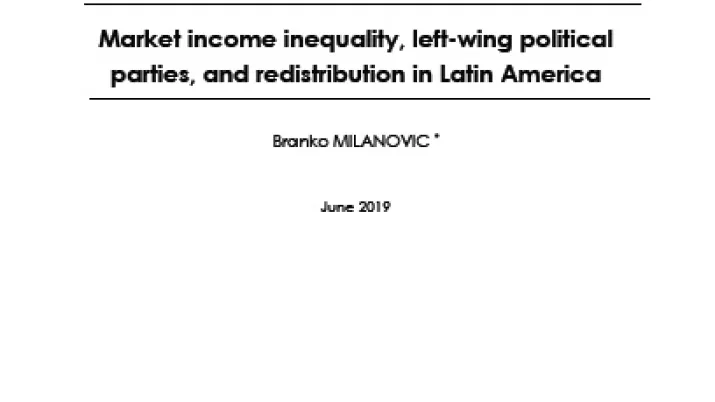
Weather shocks and migration intentions in Western Africa: Insights from a multilevel analysis
We use a multilevel approach to characterize the relationship between weather shocks and (internal and international) migration intentions. We combine individual survey data on migration intentions wi...
Publication
Published on
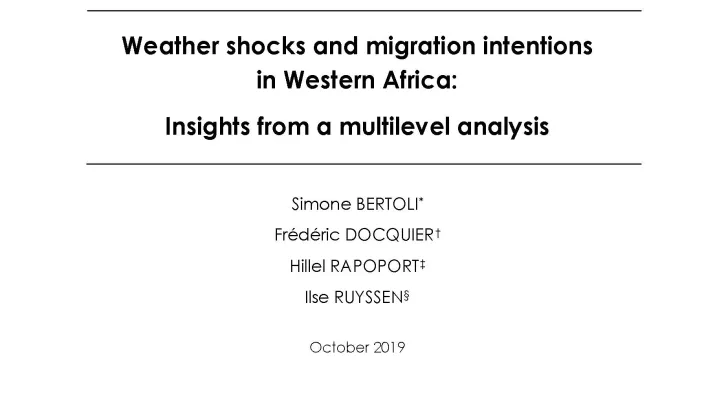
Climate change, Inequality and Human Migration
This paper investigates the long-term implications of climate change on local, interregional, and international migration of workers. For nearly all of the world's countries, our micro-founded model j...
Publication
Published on
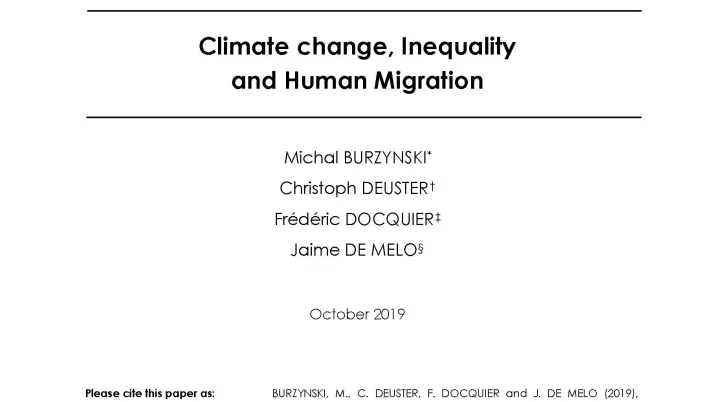
Social Mobility in Mexico. What Can We Learn from Its Regional Variation?
We run rank-rank regressions to estimate relative and absolute upward intergenerational social mobility of wealth in Mexico. At the national level, social mobility is low and the intergenerational per...
Publication
Published on
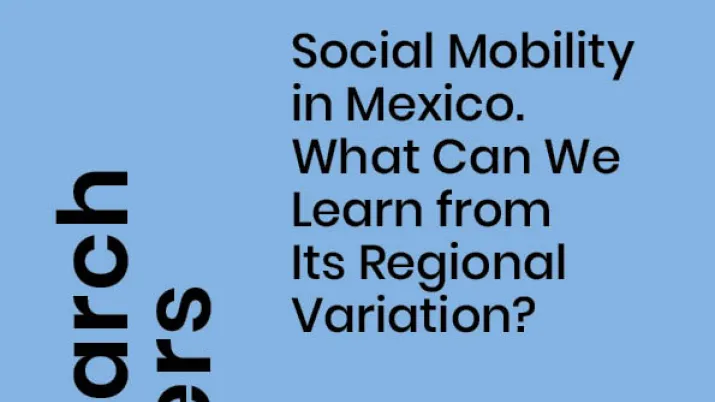
Inequality measurements: the impact of a correction for missing top incomes in a South African household surve...
Often the richest households are poorly captured in household surveys1, leading to a likely underestimate of inequality in analyses such as CEQ Assessments2 that conduct fiscal incidence using househo...
Publication
Published on
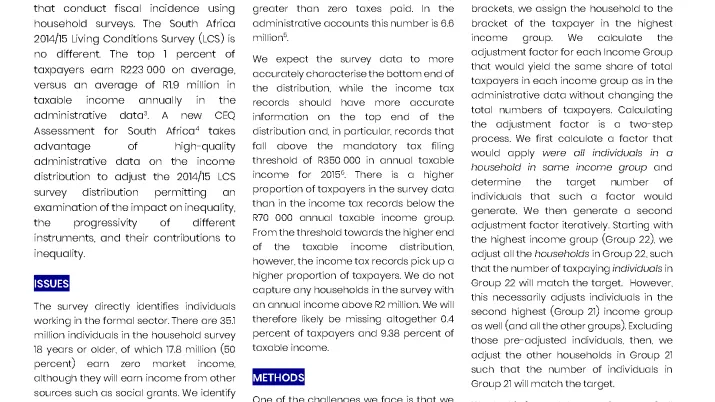
South African housing subsidies: the challenges of measuring the impact of a productive asset
When analysing the impact of South African housing subsidies on poverty, Goldman, Woolard & Jellema (forthcoming) find that the housing programme looks less progressive than expected. They find bo...
Publication
Published on
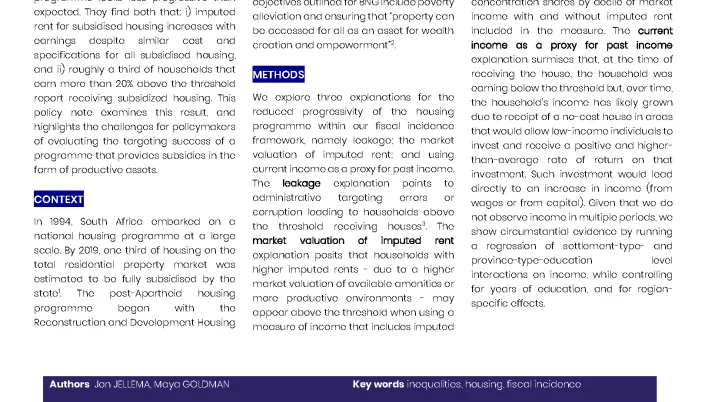
The distributional impacts of development cooperation projects
In 2015, world leaders committed, through the adoption of the 2030 Agenda for Sustainable Development, to reduce inequalities. Accordingly, a specific Sustainable Development Goals Goal (SDG 10) has b...
Publication
Published on
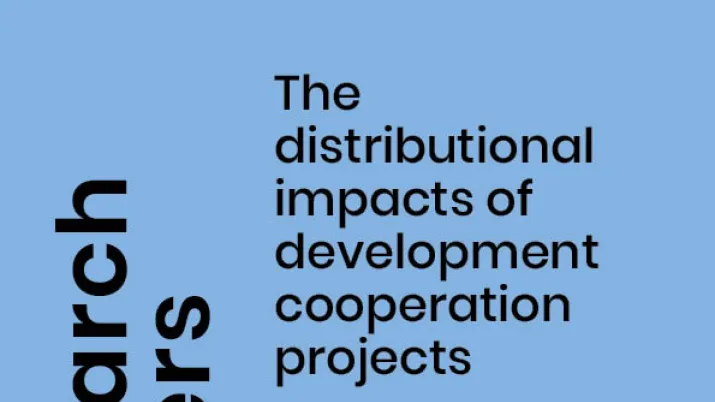
Calas
Profile

Development Practices: Building New Equilibriums within the Commons-State-Market System
For ten years (1998 – 2008), the Cambodian government rehabilitated the Prey Nup polders, a 90 km of earth dikes system protecting 10,500 hectares of rice paddies from seawater intrusion. This French...
Publication
Published on
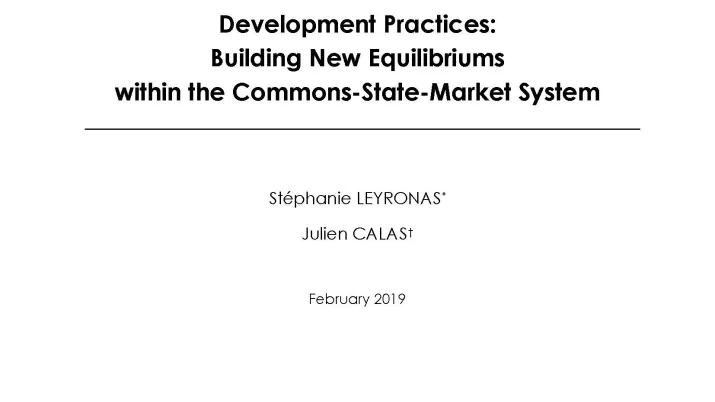
How to Finance the Protection of Biodiversity?
About $143 billion will be invested in the protection of biodiversity in 2020. However, three times as much is required to halt the destruction of ecosystems, and preserve the benefits and services th...
Publication
Published on
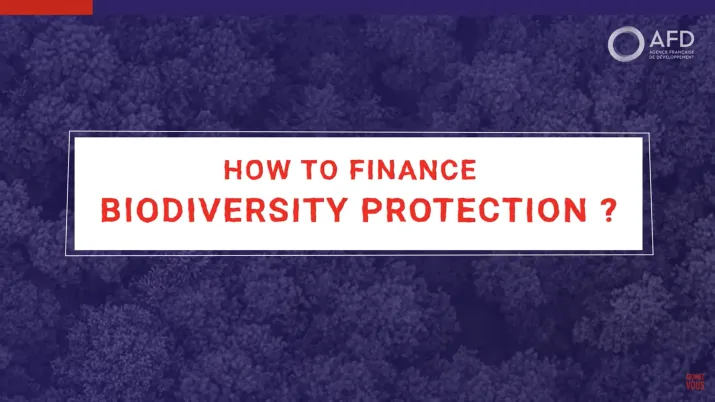
Incorporating biodiversity into development trajectories
In recent seminal studies for France and the Netherlands, biodiversity has been proven a significant source of financial vulnerability, both in terms of potential physical impacts, dependence to ecosy...
Publication
Published on
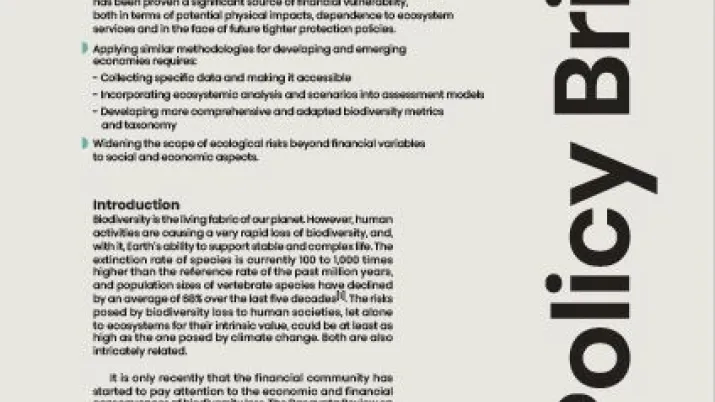
Global biodiversity scenarios: what do they tell us for biodiversity-related socioeconomic impacts?
This paper aims to review and compare existing global and quantitative biodiversity scenarios that could help to build a forward-looking assessment of the consequences of biodiversity loss. Mor...
Publication
Published on

Global biodiversity scenarios: what do they tell us for Biodiversity-Related Financial Risks?
The risks associated with biodiversity loss could have severe socio-economic and financial consequences, at least as large as those imposed by climate change, in addition to interacting with them. Bec...
Publication
Published on

Biodiversity and financial instability with Julien Calas
The collapse of biodiversity threatens the financial system because there are two types of crisis: the physical crisis and the transition crisis. Whatever the type of crisis, if the problem becomes wi...
Publication
Published on
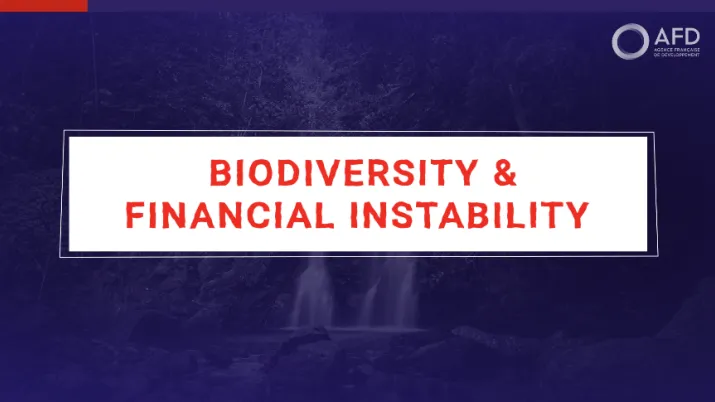
Global Biodiversity Scenarios
Policy Paper 12 : Global Biodiversity Scenarios - Mandarin Version This paper aims to review and compare existing global and quantitative biodiversity scenarios that could help to build a forward-...
Publication
Published on

Socioeconomic and spatially-explicit assessment of Nature-related risks: the case of South Africa
This study introduces new methods for evaluating nature-related socioeconomic risks in the South African context, anchored on two main contributions. Firstly, it embarks on a multidimensional analysis...
Publication
Published on
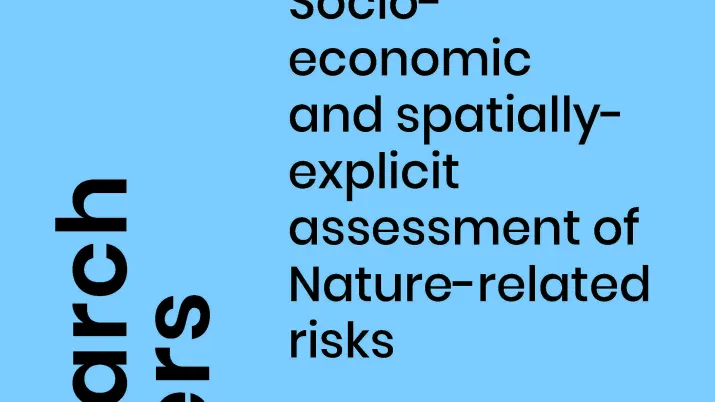
Comparative analysis of biodiversity measurement approaches for public development banks
This study provides a comparative analysis of biodiversity measurement tools for Public Development Banks (PDBs). The aim is to evaluate the accessibility and the added value of six predefined biodive...
Publication
Published on

How can nature support resilience planning and climate action in cities?
This policy brief provides feedback on a new rapid approach to identifying (i) climate and natural risks, (ii) potential nature-based solutions (NbS) to address those risks, and (iii) strategies to im...
Publication
Published on
Evaluation of the AFD “Protected Area” conservation and development intervention contributions (2000-2017). Sy...
Since 2000, the AFD and the French Global Environment Facility (FFEM) have committed financial agreements in direct support to the establishment and management of protected areas (PA). One of the obje...
Publication
Published on

